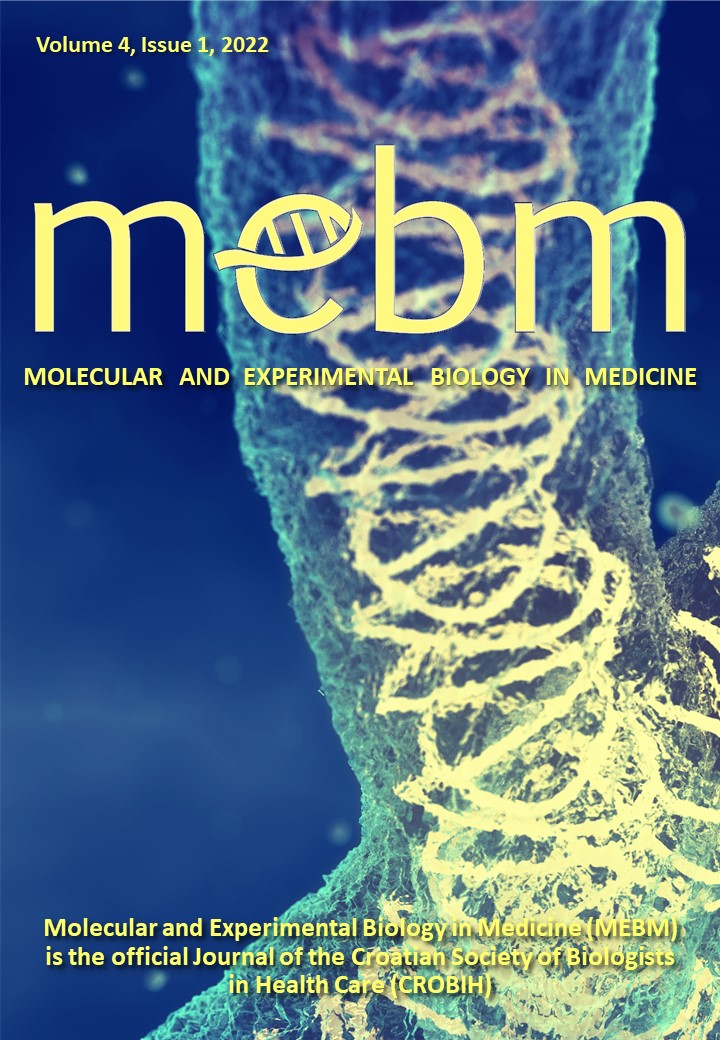EVALUATION OF A MULTIPLEX REAL-TIME PCR ASSAY FOR THE DIAGNOSIS OF SEXUALLY-TRANSMITTED INFECTIONS
Abstract
Diagnostic methods with simultaneous multi-targeting are applied for the accurate identification of sexually transmitted infections (STIs). The aim of this study was to evaluate a molecular real-time PCR-based assay (Vivalytic STI assay) for the diagnosis of STIs in comparison with other routine methods. Fifteen individuals suspected of having an STI were tested with the Vivalytic STI assay. As a routine testing, 8/15 patients were tested with the Abbott RealTime CT/NG PCR Assay, 5 specimens were tested with the Simplexa HSV 1 and 2 Direct Kit. Two samples were not tested with a routine assay. Clinical specimens were of different origin (rectal, vaginal, pharyngeal, urine, cerebrospinal fluid (CSF)). Ten out of 15 specimens were positive according to routine diagnostic assays. Three were positive for C. trachomatis (CT) and 2 for N. gonorrhoeae (NG) in single infection, one showed a coinfection with CT and NG. Two samples each were tested positive for Herpes simplex virus 1 (HSV 1) and Herpes simplex virus 2 (HSV 2). All the pathogens detected by routine molecular methods were also detected with Vivalytic STI except for one invalid sample. The Vivalytic STI assay additionally detected M. hominis and U. urealyticum each in one sample. The assay in the focus of the study showed good agreement with other molecular assays and proved to be a simple and a reliable method for the diagnosis of STIs that could improve the diagnostic methods used at our institution.




